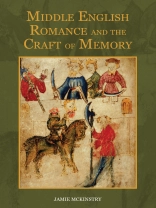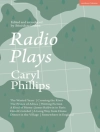An examination of the depiction and function of memory in a variety of romances, including Troilus and Criseyde and Sir Gawain and the Green Knight.
In Middle English romances many memories are created, stored, forgotten, and rediscovered by both the characters and audience; such memory work is not, however, either simple or obvious. This study examines the ways in which recollection is achieved and sustained through physical, cognitive, and interpretative challenges. It uses examples such as
Sir Gawain and the Green Knight, Sir Orfeo, and
Emaré, alongside romances by Chaucer and Malory, to investigate the genre’s reliance on individual and collective memorial processes. The author argues that a tale’s objects, places, dreams, discoveries, disguises, prophecies, and dramatic ironies influence that romance’s essential memory work, which relies as much on creativity as it does accuracy. He also explores the imaginative crafts of memory that are employed by romances themselves.
Dr Jamie Mc Kinstry teaches in the Department of English Studies at Durham University, where he is a member of the Institute of Medieval and Early Modern Studies.
Содержание
Introduction: Memories of Romance
Medieval Memories: Sight, Thought, and Journey
Topography, Redaction, and Inheritance:The Initial Steps of Memory
Past Rituals and Present ‘Forests’: The Craft of Memory
Trusting Memory in Romance
Failed Memories: Forgetting, Lying, Obstructing
The Memory of Change: ‘he that had hadde’
Unforgettable or (Un)fortunate Romance
Conclusions: Lessons in Romance Remembering
Bibliography












